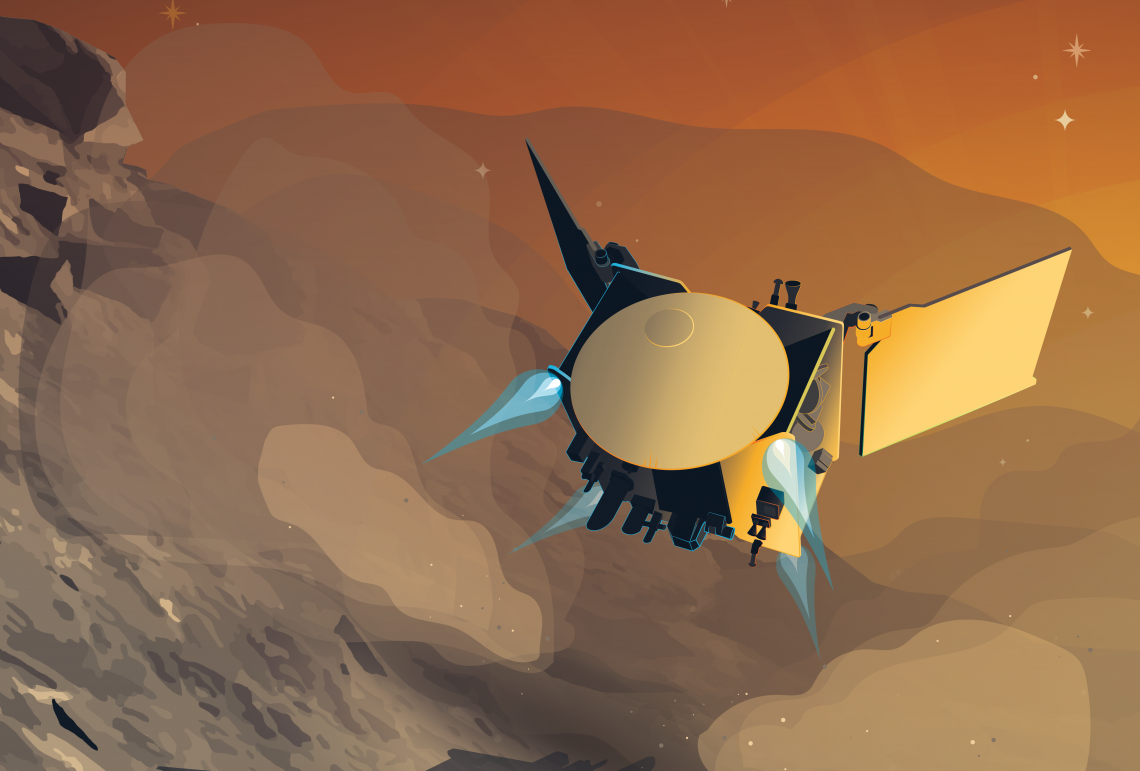The Livescribe Echo Smartpen is a best friend to both journalists and students, and is one of the few devices in my arsenal that have made a measurable, positive impact on my career. I bought my pen in 2010, making it quite old in tech years, and while it is beginning to show its age (the digital screen no long lights sufficiently that I can read it), it has proven to be a workhorse and a staple of my satchel. When conducting an interview, I generally bring my pen, a spiral-bound Livescribe notebook, and also a small, Philips digital audio recorder, for redundancy. (I've yet to lose a single minute from either device due to technical problems, though we buy insurance not for what has happened, but for what might happen. And as an added benefit, on occasion one mic can clarify audio that is muddled on the other.)
The way the Echo pen works is this. I take notes by hand in my Livescribe notebook. The pen records both the audio being spoken, but also the pen strokes as I write them in the notebook. When I later download a note-taking session to my computer, I can see my notes being written in real time as the audio plays. (This is super useful when drawing diagrams of things being explained.) But a computer isn't even necessary for the process, at any step, ever (save backups, which can go directly to Evernote, where handwritten notes are then made searchable—one of many Evernote miracles). Sans computer, you can also take only your little spiral-bound notebook and pen, go off somewhere, plug headphones into the pen (or just use the pen's speaker) and open the notebook. Tap the pen on any word of any note you've taken, and the pen will almost as if by magic begin playing the audio recorded at the exact moment you wrote said note. This is a game changer, and adds a level of prevision to notes and direct quotes that must surely be unparalleled in the history of notetaking.
Here is an Amazon link to the Livescribe 2 Echo. N.b. that I make no money on this link, as Louisiana is ineligible for affiliate linking.
Note further that I've said nothing about the much newer Livescribe 3, which I own, and despise, for the following reasons:
1. It is not self contained. If I want to use a Livescribe 3 pen, I have to have my phone present (which is not always possible depending on the security policies of institutions at which I conduct interviews), and more unnerving, I have to trust that Livescribe's general execrable software will not crash on my phone, midway through an interview, leaving me missing key parts of interviews. More importantly, such mission-critical failures force me to disrupt the flow of an interview in order to reload the app and fiddle with the pen to get things reconnected. This is simply a deal-breaker. Audio recorders can sometimes be ever-present warnings to interview subjects that You-Are-Being-Recorded-So-Hedge-Everything-You-Say-on-Penalty-of-Career-Suicide. (Not that I generally, if ever, ask such loaded questions, but when you're being recorded, every question can feel that way.) This risks leading to stilted, toothless, mealy answers. But not generally. Once an interview begins, I start the recorder, aim it, and within 10 minutes or so, it is usually forgotten because we are used to being surrounded by technology. Moreover, people generally focus only on a single thing or thought. During an interview, that single thing is the question at hand. The recorder thus melts into the table and is soon forgotten. But start fiddling with your fat pen and iPhone, and suddenly the recorder returns to the forefront, this time glowing in phosphorescence.
2. I am left-handed. The designers of the Livescribe 3 (smartly) rejected the weird Livescribe 2 cap in favor of a twist-to-extend-pentip model. So far, so good. But they positioned the twist-to-extend band in the dead center of the pen. If you're right handed, that's no problem. As you write, the downward pressure of the pen against your hand acts as a kind of locking mechanism keeping the pen extended. (The pen extends by twisting the band counterclockwise.) But if you are left handed, the downward pressure of the pen against you hand constantly twists the band clockwise, thus unlocking the pen and retracting it. The upshot is that every few paragraphs during furious note taking, the pen suddenly retracts and thus powers down and generally loses connection to the app, disrupting everything. (See point 1.)
3. It is a missed opportunity. The downside of the Livescribe Echo is its bulk. It's like writing with a fat Crayola marker. This is because it has to pack audio recording equipment within its shell. By outsourcing the audio stuff to the phone for the Livescribe 3, though, the new pen should have shrunken considerably, to something more in line with a Sharpie marker. Instead, and inexplicably, they went the opposite direction, making the Livescribe 3 more like a Magic Marker. Whether this was a design choice (though I cannot imagine how) or poor internal engineering, the result is all of the bad with none of the good. You lose the self-contained pen while gaining a fat pen relying on Livescribe's notoriously unreliable software.
I've not yet given up on the company, though, and hope that the Livescribe 4 addresses these issues by: 1. Returning the recording component of the device to the pen's internals, while 2. Taking advantage on 7+ years of technological advancement to shrink the internals to give us a pen closer in size to a traditional pen, and 3. Move the pen-tip-twist-extension to the top side of the pen, when one's handgrip does not result in inadvertent twists.
I will report back when the next pen is released.







